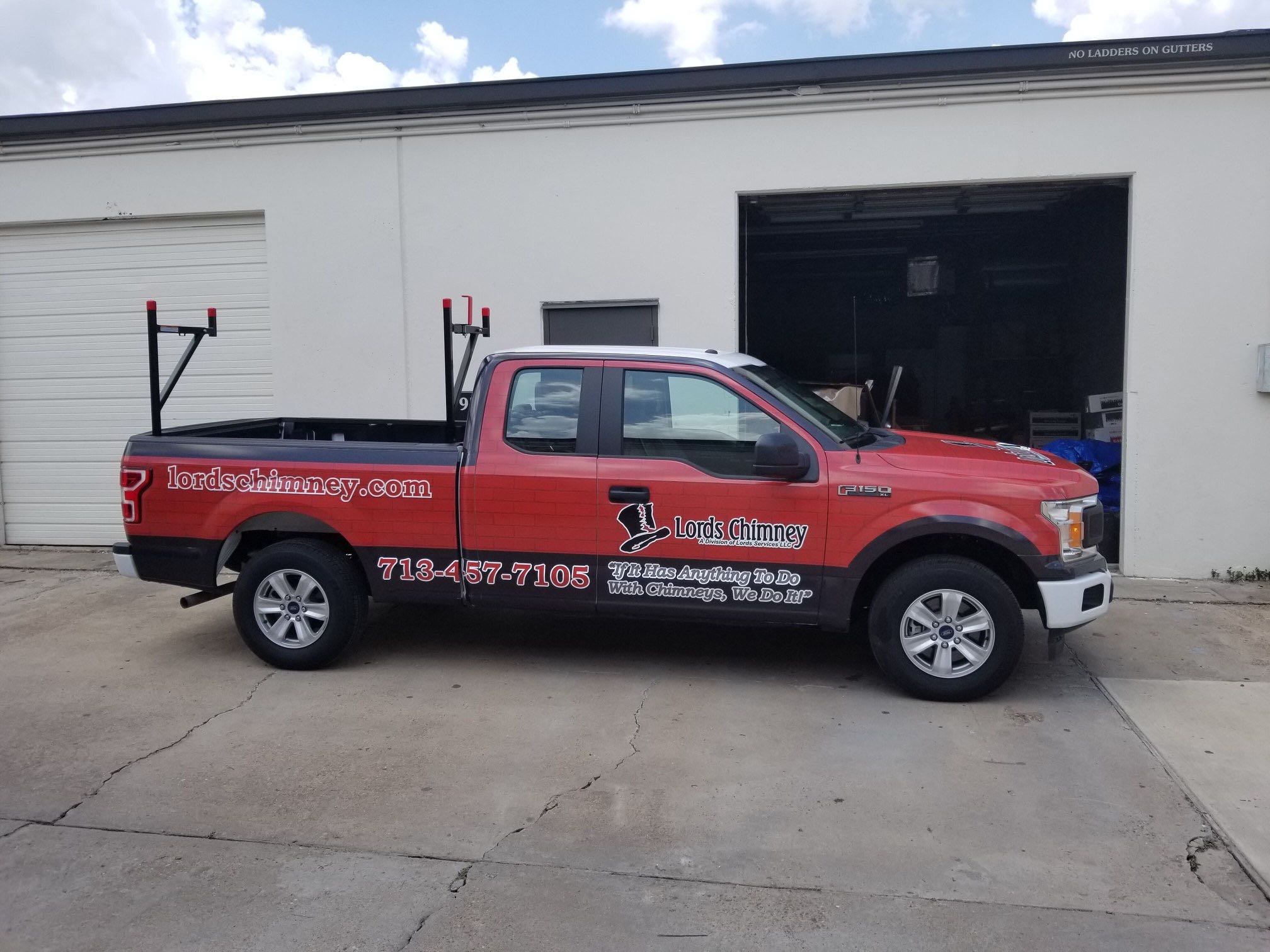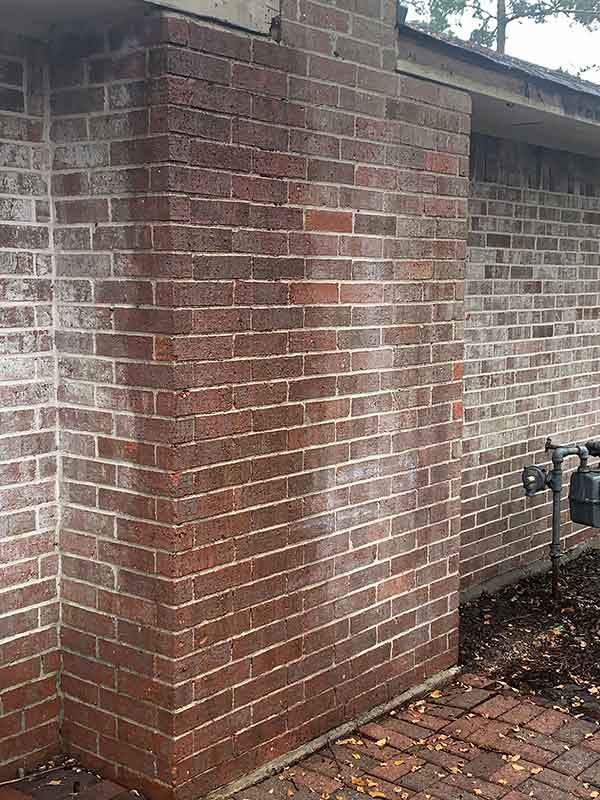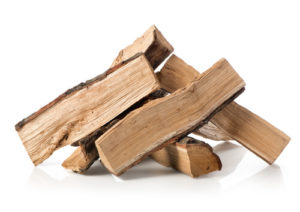URGENT!
Due to the weather, we are experiencing intermittent power outage and loss of internet. Please expect delays and or rescheduling of appointments during this time. We will reach out to you as soon as we can. Stay warm and stay safe!
So, you have a fireplace, but it doesn’t get much use. You use it once or twice a year (maybe on a colder day or around the holidays), but other than that it mainly serves as an attractive focal point in your home. Because of this, it shouldn’t need much professional care or maintenance. …right?
Wrong! In fact, believe it or not, refraining from using your fireplace typically causes it to deteriorate more quickly than if you use it on a regular basis.

Like a washer, dryer, refrigerator, or other appliance, your fireplace needs regular attention, no matter how often it’s used. This especially goes for metal prefabricated fireplaces. Learn more below, and be sure to reach out with any questions! We’d love to do all we can to help you out.
Think of your fireplace like a car. If you let a car sit in your driveway for years on end without ever starting it up or taking it on a drive, would you expect it to work perfectly when you eventually try to drive it again? Not likely. Fluids likely will have pooled, your battery will probably be dead, and there’s sure to be weather-related wear and tear.

The same goes for your fireplace. Rust and warpage will occur more than usual during long periods of unuse, along with countless moisture-related damages, such as mold growth, deterioration, decay, stains, and more.
What happens when we experience another freeze or you just feel like starting a cozy fire after these issues have occurred? Like the car that was left abandoned, the system is simply not going to function correctly. In fact, you may experience dangers such as smoke and fume backup, an increased risk of house fire, exposure to harmful gases, and more.
When we come in to inspect your chimney, we’ll look for things like holes, gaps, signs of animal life, warpage, rust, and more. If we can spot and resolve these issues while they’re still small and manageable, the lifespan of your fireplace could be extended significantly.
We’ll also look for parts that need replacing. Some things, like the chimney cap, are fairly easy and inexpensive to replace if spotted in time. That said, if you ignore a broken cap, your system will be exposed to harmful things (like storms, rain, curious animals, and more) that cause a lot more damage overall.
In the end, purchasing a new chimney cap to ensure your system stays protected is a lot cheaper than investing in a time-consuming and costly rebuild or relining job. And the sooner we can react, the better shape your system will stay in, thus preserving resale value and ensuring you can use it when you need to.
Critters in your fireplace? This means something is wrong up top. Animals should never have easy access to your fireplace, and once they get in they can cause a lot of damage. Along with this, animals that are unable to escape may pass away, leaving you with an even bigger mess on your hands.
Another problem has to do with bird’s nesting materials. If birds set up camp in your chimney (an ideal spot for them), the twigs, leaves, and materials that make up their nests can clog things up and affect airflow. A system that cannot properly vent doesn’t do anyone any good. Be sure to get a sweep in to look things over so you can avoid those uninvited guests – especially this time of year.
If your chimney was damaged due to a natural disaster like a lightning strike, hurricane, tornado, earthquake, flood, or something similar, your insurance company should be covering the costs to repair it. Unfortunately, they often look for ways around this.
If you have no records on your fireplace, then your insurance company could easily deny your claim stating that there’s no proof the damage caused was due to the event that had just occurred.
That said, if you have a report from your chimney company showing that at the last yearly inspection your system was just fine, getting that money you need for repairs, restorations, and replacement parts won’t be such a challenge.
Before buying a home, we strongly advise getting a video inspection. This ensures you don’t get caught with big repairs after you finalize the sale.
Home inspectors will tell you if you should have it cleaned or have something looked into, but there’s no way for them to gauge just how extensive certain damage can be. All too often people sign the papers on their dream home, only to realize later that they’re now responsible for thousands of dollars worth of repairs.
Also, keep in mind that if you bought a house and no one has ever used the fireplace, there’s typically a reason for that. The previous homeowner may have used it once only to have something go wrong and never use it again. And if you see freshly painted brick? There are likely smoke stains underneath.
In the end, getting that level 2 inspection done is always worth the peace of mind you gain in the end.
The big takeaway from all of this? If you want to use your fireplace at all – even once – you need an inspection. Even if the system is brand new or rarely used, an inspection is vital. Professional insight can make all the difference when it comes to how safely and efficiently your system operates down the line.
Anything specific you need covered? Send us a message! We’d be happy to answer any and all of your questions. You can reach out to us through our website, give us a call, or even follow us on Facebook or Youtube. It’s Lords Chimney’s goal to keep you as up to date and informed as possible!
Are you excited to start lighting up fires this holiday season, but find yourself struggling to get any flames going strong? This is a common issues for fireplace owners, but there are some great tips and tricks out there to ensure you get a better burn every single time. Get the heat and comfort you deserve this season by reading some of our advice below!

Now, before you light any wood, you need to ensure it is well seasoned. This means it has been adequately dried out for at least six months and most of the water has had a chance to evaporate. When choosing pieces to light, look for ones that are dark and split at the ends. The less fresh the piece looks and smells, the better!
Seasoned wood is also lighter in weight and makes a hollow, clunking noise when smacked together. Stick to these guidelines and your fires should be stronger, warmer, and less smoky all season long!
There are various ways to build a fire, so it’s all about finding what method works best for you. One common option is the teepee method. You’ll start with a pile of tinder (dry leaves, wood shavings, etc.) in the middle of your firebox. Next, get some kindling, which will consist of small twigs and branches, and form a teepee around the tinder. Finally, place your bigger logs in their own teepee formation around everything else. All that’s left to do is light up your tinder, and let the flames spread!
There’s also a method known as the log cabin lay, which starts out the same as a teepee, then switches up a bit when you start laying your bigger logs down. Instead of forming an additional teepee at the end, you instead take your biggest pieces and lay them on either side of the structure. You then lay two more pieces on top of those, but on the opposite sides of the teepee. Continue this pattern with smaller and smaller pieces of wood (until you have a pyramid shape), light your kindling, and you’re all set!
The last method we’d like to highlight is the top-down burn, which has grown more popular in recent years. Rather than start off with the kindling, this method involves you to put the largest pieces of wood down first with the ends at the front and the back of the firebox. Then, pile on around 5 more rows of wood, each one utilizing smaller and smaller pieces. Finally, add the kindling and the tinder. Once your stack is complete, light up the tinder and let it burn!
Like we’ve said, there are lots of ways to build a fire, and we’re just focusing on the more popular options. If none of these work well for you, just keep trying out techniques! We’re certain you’ll soon find one that works, guaranteeing countless cozy evenings in this winter.
Now, no matter how well your fire-building skills are, you’ll never get a safe or efficient burn if your fireplace and chimney are not clean and well-maintained. Count on our CSIA certified team to check things over for you today!
When it comes to chimney maintenance, many homeowners are on the lookout for fast and easy fixes. One popular product on the market today that promises to clean your chimney is chimney sweeping logs. For about $20 these products seem like a fast, cheap, and easy alternative to having your chimney swept. However, chimney sweeping logs should never be used as an alternative to a professional chimney cleaning.
Chimney sweeping logs advertise themselves as an alternative to a professional chimney sweeping. As they burn, the smoke from the logs loosens creosote in the flue; as it loosens, the creosote then falls down and into the firebox where it can be easily removed.
While this may work in theory, it often fails when put into practice. Because most chimneys do not have straight, vertical flues, the loosened creosote often winds up trapped in the bends of the flue.
…the loosened creosote often winds up trapped in the bends of the flue.
Accumulated creosote can cause a few major problems:
Chimney sweeping logs might seem like a cheap and easy alternative to a professional chimney sweeping, but they can actually do more harm than good.
“I usually tell people using one of those logs instead of having your chimney cleaned manually is like chewing Dentyne instead of brushing your teeth,” said Allan Bopp of Bald Eagle Enterprises. “It may help a little, but it’s a poor substitute for the real thing.”
Even if they can help to loosen creosote, chimney sweeping logs cannot replace the benefits of having a professional sweep and inspect your chimney. A certified chimney professional is able to identify any signs of chimney damage or deterioration during a cleaning; oftentimes, spotting problems early can help prevent serious damage – as well as expensive repairs.
While chimney sweeping logs work in theory, using one can cause serious problems within your chimney system. Instead, skip the chimney sweeping log altogether and let a professional chimney sweep keep your chimney clean – and your family safe.
Ready for some quality, professional care? Contact Lords Chimney today to schedule your next chimney sweeping!
If you walk down the aisles of your neighborhood big box home improvement store, you are bound to see a wide variety of products designed to help homeowners clean and maintain their fireplaces. While some of these products can be useful, they should not be used to replace regular annual chimney maintenance by a certified chimney sweep.
One such product that our customers regularly ask about are “chimney cleaning logs”. Sold for less than $20 at many home improvement stores, chimney sweeping logs advertise their ability to significantly reduce creosote buildup in the chimney. Because of this, some homeowners purchase and burn these products as their only form of chimney maintenance, patting themselves on the back for saving money on a chimney sweep.
Despite their advertising claims, these logs are no replacement for a professional chimney cleaning. Although they may be able to remove some creosote buildup, there are a number of ways that they are deficient at maintaining the health and safety of your fireplace system.
The primary purpose of a chimney cleaning log is the removal of creosote; the smoke from the log loosens the creosote and causes it to fall down the flue and into the firebox, where it can be safely swept up and removed.
In theory, this is an excellent system. Unfortunately, the reality leaves much to be desired.
Most flues are not a straight vertical line between your firebox and the top of the chimney. Depending on your fireplace’s location, your flue may have one of more curves and bends in it. When this happens, the loosening of creosote by the chimney cleaning log merely causes it to fall and accumulate in the bends of the flue. This may not only block the flue, but can also create a significant fire hazard. Even fireplaces without curved flues may wind up with the majority of the creosote trapped on the smoke shelf, which can be difficult to access and clean without proper training.
While a chimney cleaning log may be useful in loosening creosote, it is no substitute for the services performed by a certified chimney sweep.
“I usually tell people using one of those logs instead of having your chimney cleaned manually is like chewing Dentyne instead of brushing your teeth,” said Allan Bopp of Bald Eagle Enterprises. “It may help a little, but it’s a poor substitute for the real thing.”
Likewise, a chimney cleaning log has no way to know or tell you if your chimney is damaged in any way. There are a number of hidden issues such as cracked flue liners, decaying masonry, or damaged chimney caps or crowns that can only be spotted by a sweep during a chimney inspection. Because many of these chimney issues do not affect performance, you may have no idea there is even an existing issue.
Don’t trust the health of your chimney or the safety of your family to a $20 log bought at a big box store. Instead, have an annual chimney sweeping and rest assured that you can safely use your fireplace for the rest of the year. Contact Lord’s Chimney today to schedule an appointment!
A fireplace is a beautiful addition to any home. However, if the masonry has become stained by smoke, ash, or soot, it can affect how you feel about and how often you use your fireplace.
While stained masonry does not affect your fireplace’s performance, it can make a big impact on the aesthetics of your home. A stained fireplace can make a home look dirty and uncared for, no matter how clean the rest of the house is. Likewise, staining on your chimney structure can affect the curb appeal of your home.
In the past, the only option to clean masonry was to paint it or spend days scrubbing with powerful cleaners. However, homeowners can now use the Chimney Saver Paint “N” Peel fireplace cleaner to restore the beauty of their original masonry without the use of harsh chemicals.
If your masonry has been damaged by years of smoke, soot, and ash buildup, you may have been told there were few ways to repair it. Likewise, many traditional methods of cleaning bricks are extremely time intensive or damaging.
Many interior cleaners, even those designed specifically for bricks, must be left on for several days or require extensive scrubbing to work. These products are also often made with harsh chemicals that require you to wear protective masks and may leave your home smelling like chemicals for days or weeks after. For exterior brick, using a power washer is one popular way to clean up dirty chimneys; however, the combination of high pressure with moisture can cause long term water damage to the bricks and mortar of the chimney structure.
Unlike these other products, Paint “N” Peel is easy to use, requires no difficult scrubbing, is environmentally friendly, and has no offensive odors.
Your fireplace professional will apply a thick coat of Paint “N” Peel using specially designed brushes. After the product is applied, it will dry for between 6-12 hours. During this time, there is no need to leave your home or avoid the hearth room; because Paint “N” Peel is environmentally friendly and leaves no odors behind, it will not affect the air quality in your home.
When the Paint “N” Peel has completely dried and cured, it will form a thick, non-hazardous film. This film can then be easily peeled away from the brick, taking with it years of staining from ash, smoke, and soot and leaving behind beautifully restored masonry. Because Paint “N” Peel is designed for both interior and exterior use, it can be applied to fireplaces, chimneys, and a variety of other masonry structures.
Spring is the perfect time to have your fireplace or chimney restored using Paint “N” Peel products. Because it can only be used when the temperature is between 45 and 95 degrees, the mild spring weather is an ideal time to use this product.
If you are ready to restore the finish of your interior or exterior masonry, contact Lord’s Chimney today. We are confident that the Paint “N” Peel chimney system can make the bricks in your home beautiful again!